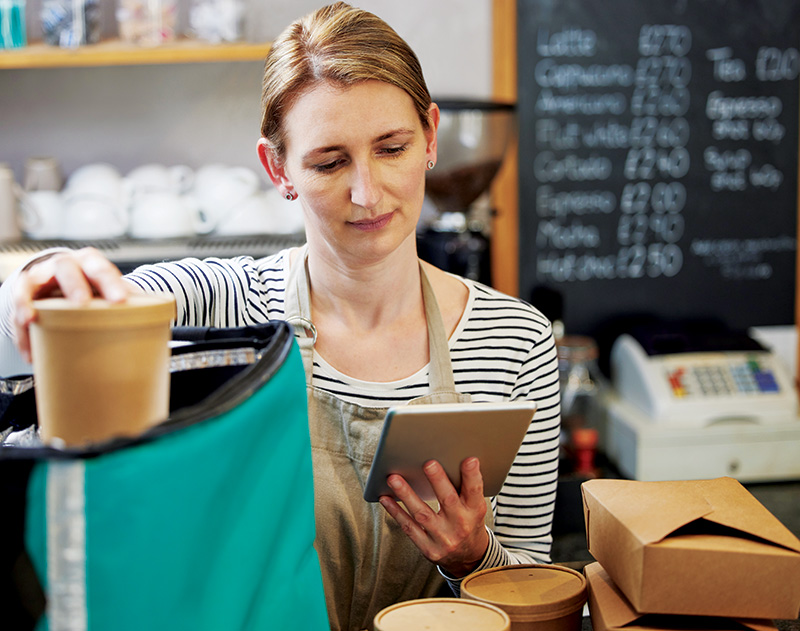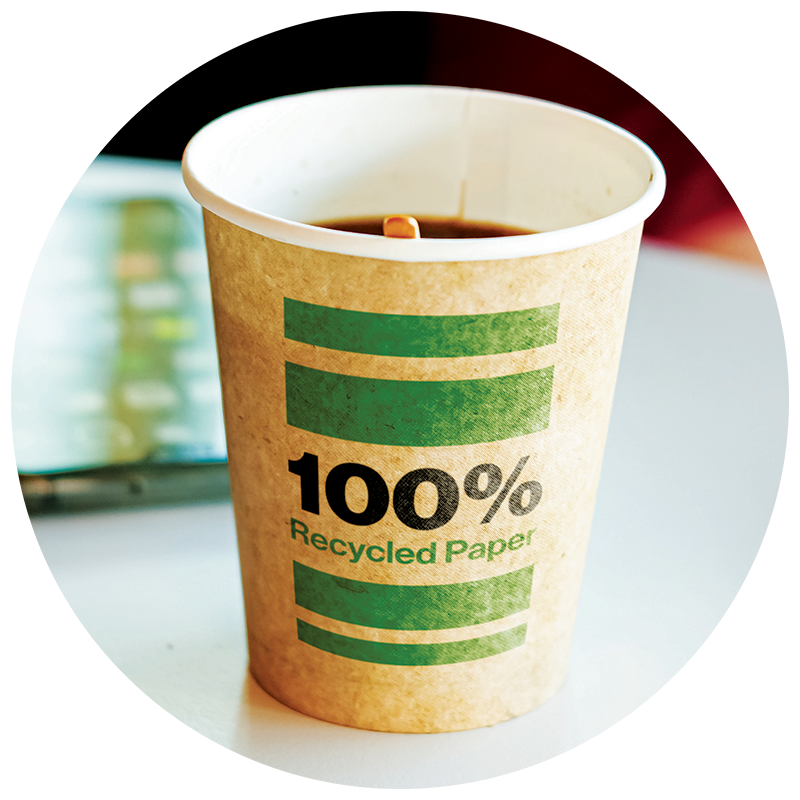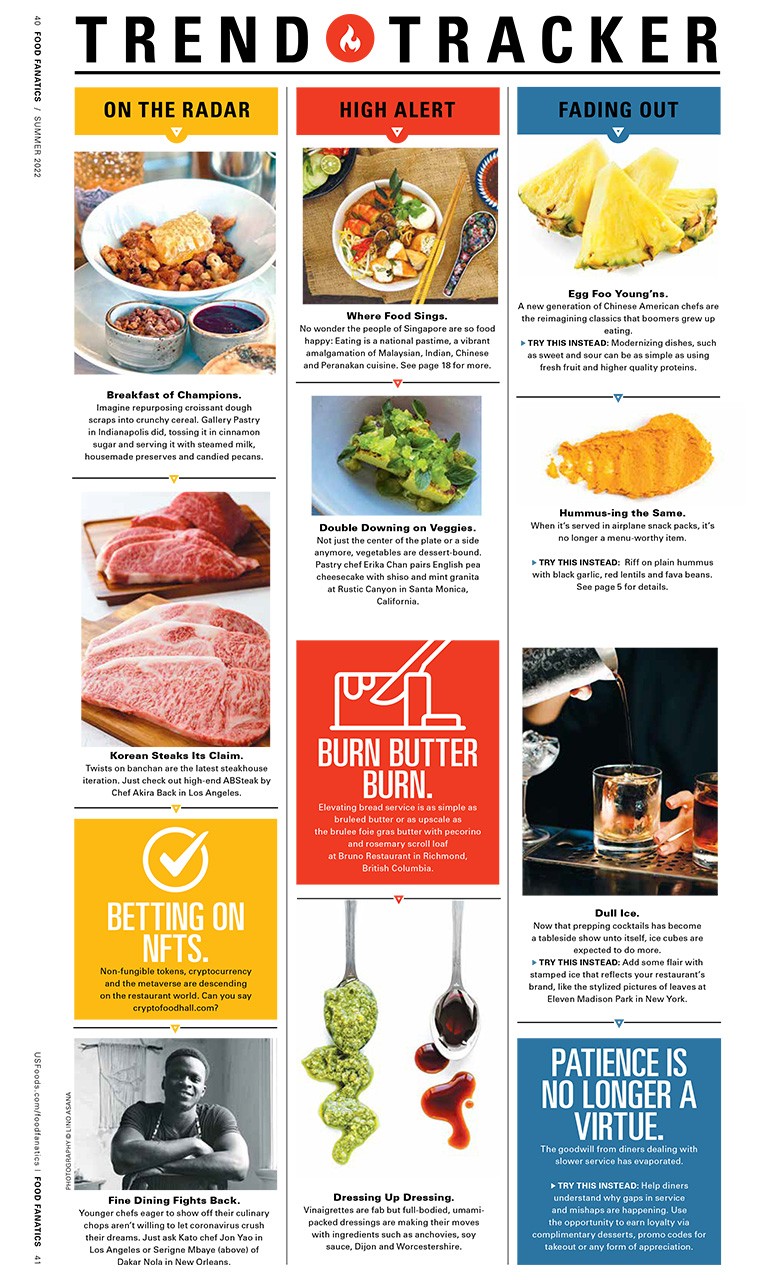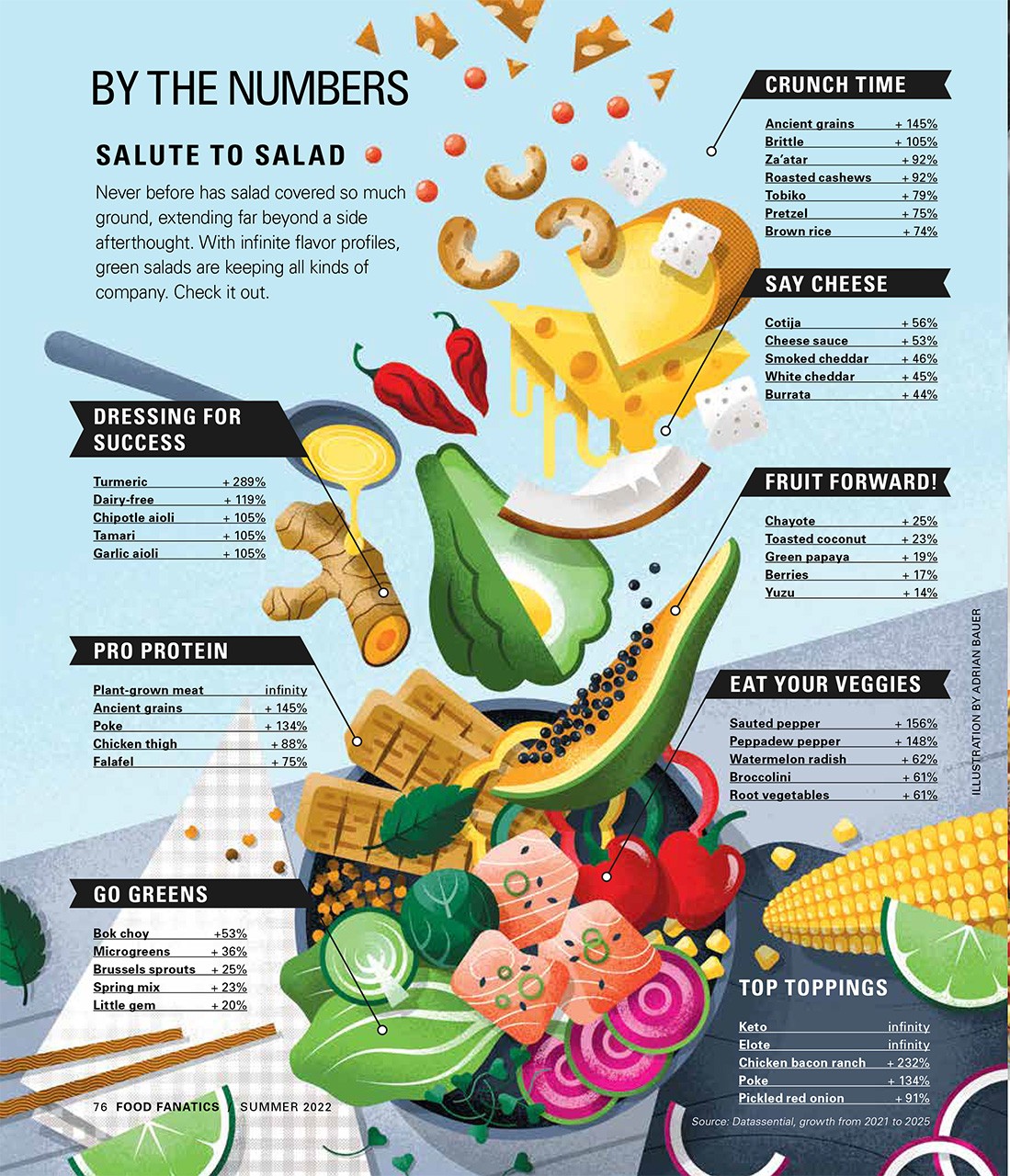COMPOSTABLE FOOD PACKAGING
What to know about compostables
For years, environmentalists have been sounding the alarm on plastics destroying the environment. And many restaurants have responded with compostable takeout packaging – some because of state mandates and others out of responsibility to the Earth.
But as options have grown, so has confusion, thanks to the labeling and terminology on the products. Prices may be lower, but compostables aren’t necessarily an eco-smart solution to single-use plastic.
 NOT ALL COMPOSTABLE FOOD PACKAGING IS CREATED EQUAL
NOT ALL COMPOSTABLE FOOD PACKAGING IS CREATED EQUAL
While pricing has become more competitive, smaller restaurants, because of volume, usually pay more for compostables – but not all takeout packaging is created equal.

Depending on the material, some degrade at slower rates, breaking down no better than plastic, while other compostables are showing up in waterways.
Most cities lack the infrastructure to collect compostable foodservice packaging.
Even in municipalities that collect food waste, compost facilities reject foodservice packaging, including plant-based containers made from cornstarch and sugar beets, because the two cannot be processed together.
As a consequence, compostable foodware ends up in a landfill, because they require certain conditions to break down.
Few operators, let alone customers, are aware the containers are contributing to the growing amount of waste – not reducing it.
 INCREASINGLY ECO-CONSCIOUS CONSUMERS
INCREASINGLY ECO-CONSCIOUS CONSUMERS
Customers are willing to pay more for earth-friendly products, including 66% of all respondents and 75% of millennial respondents in a 2021 McKinsey Co. survey last year.
More states and municipalities will regulate single-use plastics, and more will continue to ban Styrofoam, like California has.
 ORGANIZATIONS ARE LOOKING TOWARDS
ORGANIZATIONS ARE LOOKING TOWARDS
SUSTAINABLE PACKAGING
 Expect organizations that support a cleaner planet to step up while earth-friendly packaging continues to improve.
Expect organizations that support a cleaner planet to step up while earth-friendly packaging continues to improve.
The Center for the Circular Economy at Closed Loop Partners has launched a composting consortium that includes big brands, such as McDonald’s and Starbucks, to create a plan for a sustainable composting infrastructure that can accommodate organic food waste alongside compostable packaging. The end result would be to ultimately create compost that will nurture soil and cut greenhouse gas emissions.
“Technology is always changing, and new products enter the market as a result,” says Todd Jongen, senior director of non-food and packaging science for US Foods®.
"“ THE SEARCH IS ALWAYS FOR THE BEST POLYMER. NO ONE HAS LANDED ON THE ULTIMATE YET, BUT IMPROVING TECHNOLOGY WILL ULTIMATELY MAKE THEM CHEAPER AND MORE AFFORDABLE.””
—Todd Jongen of US Foods
 MAKING INFORMED DECISIONS
MAKING INFORMED DECISIONS
Ask questions about the packaging and the terms before purchasing. Know the terminology; ask about the journey of how the packaging breaks down. Your best choices: packaging made from post-recycled products, and compostable packaging that is federally certified and shows how its journey can be traced.



